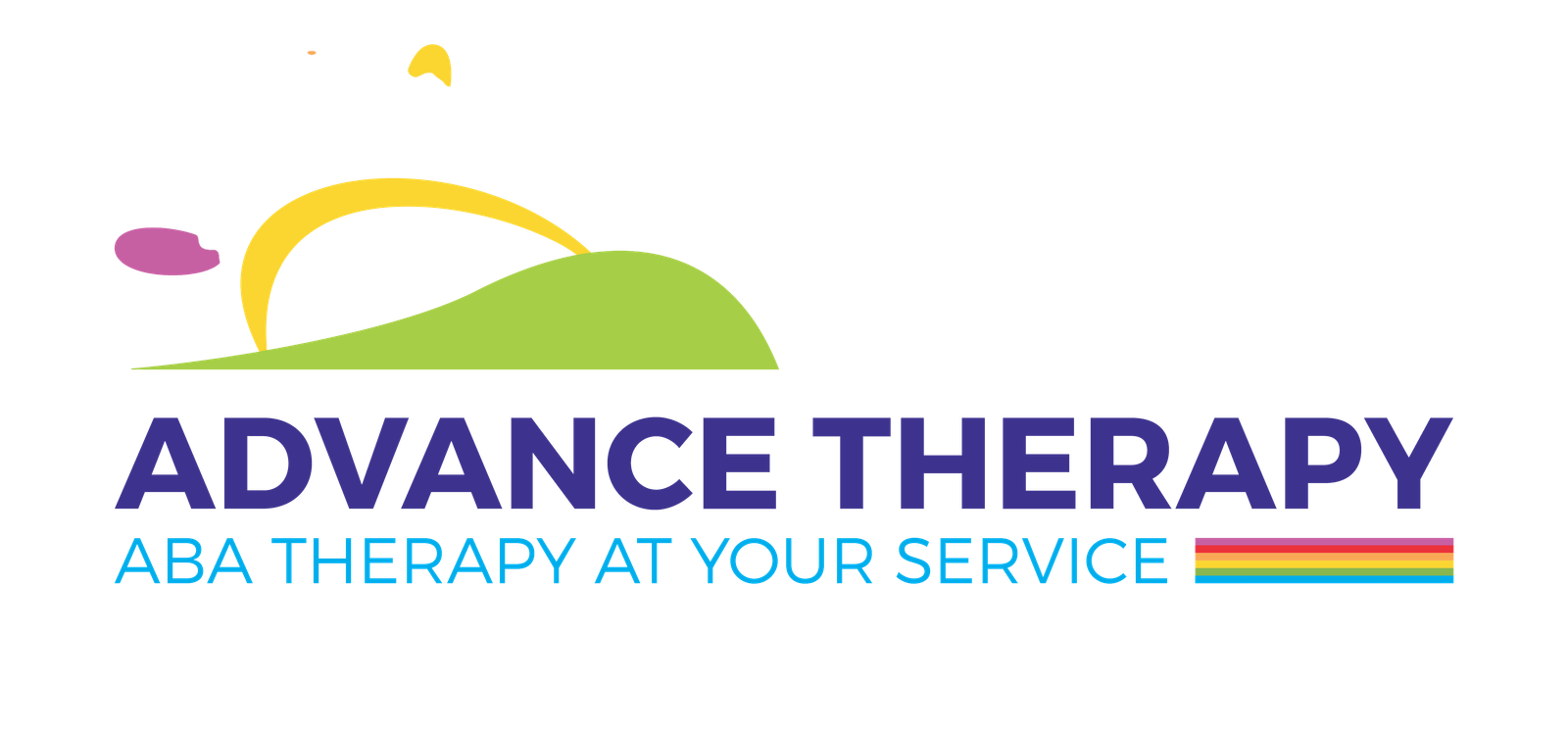Understanding the Core Principles of ABA Therapy
At its heart, ABA therapy relies on the science of behavior. The principles of reinforcement, prompting, modeling, and shaping guide therapists in teaching new skills, reducing challenging behaviors, and promoting positive social interactions. However, what makes it individualized is not just these principles, but how they are applied to a person’s specific context. For example, two children with similar diagnoses may exhibit vastly different behaviors, learning styles, and triggers. ABA therapy recognizes this diversity and creates interventions that fit the child—not the other way around.
Data-Driven Decisions
Individualized ABA therapy is rooted in data. Continuous measurement of progress ensures that interventions are effective and tailored. Behavior therapists collect detailed information on a child’s responses to various strategies, adjusting methods in real-time to ensure maximum effectiveness. This means that no two ABA programs are identical; each plan evolves as the individual grows, learns, and develops new skills.
Functional Behavior Assessment (FBA)
A cornerstone of individualized ABA therapy is the Functional Behavior Assessment (FBA). Through careful observation and analysis, therapists identify the underlying causes of specific behaviors. Is a child engaging in repetitive actions to seek attention? Is avoidance of certain tasks creating frustration? The answers to these questions guide the creation of customized interventions that directly address the individual’s needs.
Tailoring Goals to Individual Needs
One of the hallmarks of ABA therapy is personalized goal-setting. Goals are not based on age norms or generalized expectations but are designed to match the individual’s current skill level, interests, and long-term aspirations.
Skill Acquisition Programs
Skill acquisition programs focus on teaching essential skills that improve independence, communication, and social functioning. For one child, this might mean developing verbal communication; for another, learning to manage frustration in a classroom setting. Individualized ABA therapy ensures that each goal is measurable, achievable, and meaningful to the person receiving therapy.
Behavioral Interventions
Behavioral interventions are equally personalized. Problematic behaviors are addressed through strategies that are both effective and ethical, always taking into account the individual’s comfort, environment, and motivation. A behavior that is disruptive in one context might not be a concern in another, highlighting the necessity of a customized approach.
Incorporating Interests and Preferences
A crucial element of individualized ABA therapy is incorporating personal interests and preferences. Motivation plays a significant role in learning, and therapists often integrate favorite toys, activities, or topics into therapy sessions. By doing so, they create an engaging and meaningful experience that encourages participation and maximizes progress.
Reinforcement Strategies
Reinforcement strategies are tailored to each individual. While one child may respond positively to verbal praise, another may be motivated by tangible rewards or extra playtime. ABA therapists carefully observe and test different reinforcement methods to determine what is most effective, ensuring that every success is celebrated in a way that resonates with the individual.
Flexibility in Session Structure
Individualized ABA therapy also involves flexibility in session structure. Some individuals thrive in structured, predictable routines, while others benefit from more dynamic, play-based approaches. Therapists continuously adapt their methods, balancing consistency with creativity to meet the unique needs of each client.
Collaboration with Families and Caregivers
ABA therapy does not occur in isolation. Family involvement is a critical component of individualized therapy, ensuring that progress made in sessions extends into daily life. Therapists work closely with parents and caregivers to provide training, guidance, and strategies that reinforce skills at home, in school, and in the community.
Consistency Across Environments
Individualized ABA therapy emphasizes generalization, which means applying learned skills across various settings. A behavior or skill acquired in the therapy room should translate to real-life situations. Collaboration with families allows for consistent reinforcement, ensuring that therapy is meaningful and functional beyond the clinical environment.
Parent Training and Support
Parents are trained in behavior management techniques, prompting methods, and data collection, making them active participants in the therapy process. This empowers families to support their child effectively, creating a cohesive system where learning continues around the clock, tailored to the individual’s evolving needs.
Advanced Techniques for Individualization
Modern ABA therapy utilizes advanced techniques to further individualize interventions. These include technology-assisted learning, video modeling, and precision teaching, all designed to match the learning style and pace of the individual.
Technology in ABA Therapy
Technology can be leveraged to enhance individualized ABA programs. Tablets, apps, and interactive software provide engaging ways to teach skills, track progress, and deliver personalized reinforcement. This allows therapists to monitor data with precision and adjust interventions quickly based on the individual’s performance.
Multidisciplinary Collaboration
ABA therapy often involves collaboration with other professionals, including speech-language pathologists, occupational therapists, and psychologists. This multidisciplinary approach ensures that interventions address all aspects of development, from communication to sensory processing, making the therapy highly personalized and holistic.
Monitoring Progress and Adjusting Plans
Continuous assessment is vital to the individualized nature of ABA therapy. Therapists regularly review data, analyze trends, and adjust treatment plans as needed. This ensures that interventions remain effective and aligned with the individual’s changing needs and goals.
Goal Review and Modification
Goals are periodically reviewed and modified based on progress. If a particular strategy is not yielding results, therapists explore alternative approaches tailored to the individual. This dynamic process ensures that therapy remains relevant, challenging, and achievable, avoiding frustration and promoting sustained growth.
Celebrating Achievements
Individualized ABA therapy also emphasizes celebrating milestones and achievements, no matter how small. Recognizing progress reinforces positive behavior, builds confidence, and motivates continued learning, creating a personalized journey of success.




